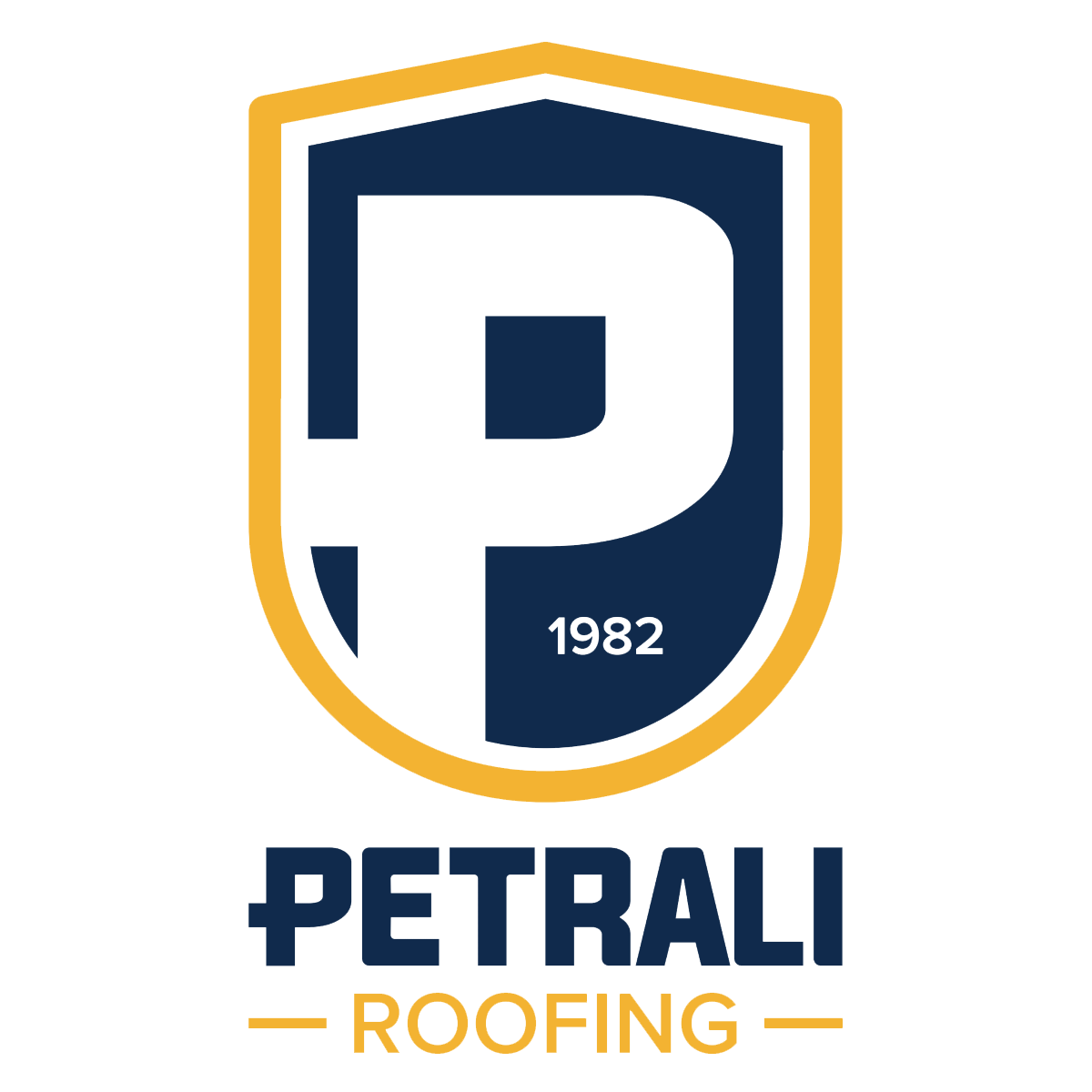Built-Up Roofing System (BUR)
A traditional built-up roofing system derives its name from the building of a roof on-site using layers of base sheet, interply-sheets, and cap sheets bonded with asphalt (bitumen) and surfaced with materials such as gravel or liquid coating. The higher the quality of the materials and asphalt used and the greater the number of plies (and separate asphalt moppings), the more superior the roofing system. BUR is suitable for most low-slope roofing applications.
Modified Bitumen (Mod Bit)
Some modified bitumen membranes are self-adhering when heated using a roofing torch while others are applied using hot asphalt or cold modified bitumen adhesive. The result is a BUR system with significantly enhanced performance capabilities. Continuing improvements in technology have also resulted in self-adhering roof membranes.
There are also hybrid roof systems that combine traditional BUR materials and Mod Bit offering the best of both systems – multiple plies and superior performance and longevity.
Single Ply
Single ply roofing systems are just that, a single layer of material installed over the roofing substrate. These types of roofs are extremely durable, weather resistant and many of them can increase the energy efficiency of your building. When choosing a single ply roofing membrane, there are some important factors to take into consideration like the height of your building, wind exposure, and potential foot traffic on the roof. Single ply membranes can be installed either fully adhered, mechanically attached, or ballasted and in each of these cases, the seams of the roofing system are sealed with liquid adhesives or specially formulated tape. There are three main kinds of single ply systems which are:
PVC (Polyvinyl chloride)
PVC roofs are known for being very durable as well as almost impervious to wind, water, and fire. In many cases, PVC roofs can last up to 20 years and are also very cost effective. All PVC roofing systems are sealed with a hot-air welder which ensures superior seam strength and makes the membrane resistant to leaks and wind blow-off. When choosing a time to install your PVC roof, note that the temperature of the heat welding of the seams is critical to getting a strong bond so it’s best to do it when the weather is dry and temperatures are above 40°.
TPO (Thermoplastic polyolefin)
TPO was first introduced to the roofing market in the early 1990’s as a more economical and efficient alternative that was thought to replace PVC roofing products. TPO membrane is composed of a TPO polymer base, polyester-reinforced fabric center (scrim), and thermoplastic polyolefin compounded top ply. Energy effectiveness is a great feature of any single ply roof, but TPO roofs are actually eco-friendly, sturdy, waterproof, and very affordable, which makes it an ideal roofing system for office buildings.
EPDM (Ethylene propylene diene terpolymer)
EPDM is an extremely durable and affordable synthetic rubber roofing membrane widely used around the world. EPDM is available in both black and white and is sold in a broad variety of widths ranging from 7.5 feet to 50 feet, and in two thicknesses, 45 and 60 mils. EPDM is known for being incredibly easy to install and able to thrive in different types of weather conditions.
At Petrali Roofing, we want to ensure that each client is adequately informed about commercial roof construction prior to installation. Any of these systems could be an excellent choice for your project so let us sit down with you and explain the process from start to finish and answer any questions or concerns you may have. Steep, flat, and everything in between, you name it, we’ve done it. Don’t trust your roof to just anyone. Call or text us today or FILL OUT THIS FORM.
